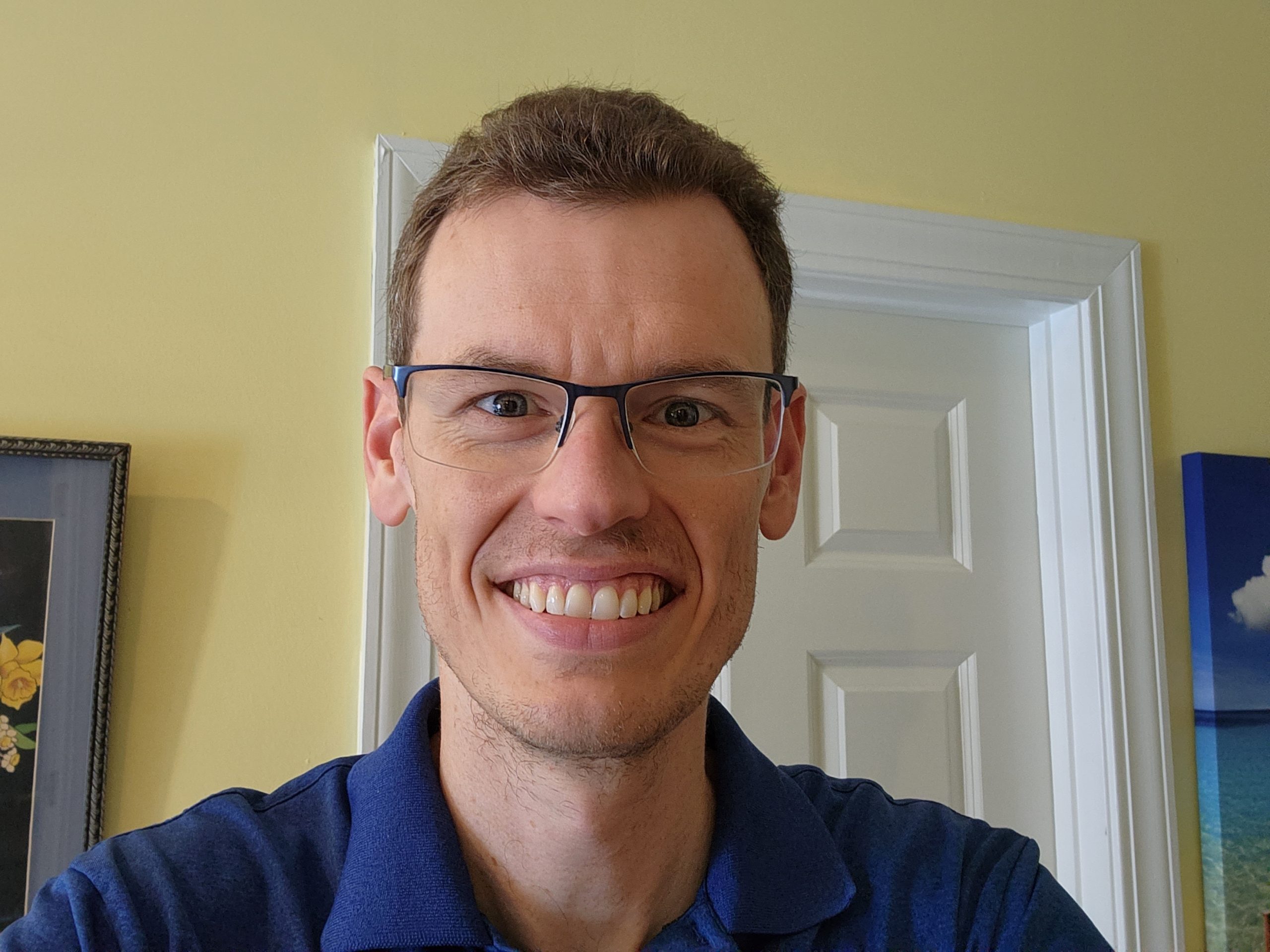OPPD preparing for first phase of landfill solar project

Editor’s note: OPPD will not move forward with the SOLUS project, due to economic and resource evaluations, determined through Year 1 of the project’s feasibility study. Costs have increased considerably since this project began in January 2023, resulting in the decision to halt the project before it moved into its next phases. The funds used in Year 1 of the study were designated specifically for the feasibility study; no funds were spent for Years 2 & 3 of the grant (design and construction).
OPPD remains committed to pursuing solar opportunities. In 2024 alone, OPPD energized its first utility-scale solar project, Platteview Solar, the largest of its kind in the state, and also joined forces with Google on a solar and battery energy project.
OPPD is preparing to launch the first phase of its new landfill solar project, a feasibility study that will dig into the details of how work might proceed for the first site of its kind in Nebraska.
The study will help answer key questions about how the project should take shape, who should own it, and how long it will take to acquire all the necessary materials, among other issues.
In January, OPPD received a $3.46 million grant from the Nebraska Environmental Trust for the project in partnership with Douglas County. The long-shuttered Douglas County landfill sits on a 160-acre site at 12608 State St., northwest of Omaha.
The grant will cover the cost difference between a more traditional solar array and the Douglas County landfill project, which could be more difficult to design and build. OPPD has partnered with Douglas County, which owns the site, to develop the land into the first utility-scale solar installation on a capped landfill in Nebraska.
“We greatly value our partnership with Douglas County on this project,” said OPPD President and CEO Javier Fernandez. “It is a great example of Nebraska ingenuity at work as we seek opportunities to add more renewable energy to our generation portfolio.”
A good location
The land has few other practical uses. The site has sat vacant for decades, unable to support houses, schools or other useful structures.
But its location near an OPPD substation makes it an ideal spot for energy production that could benefit customers throughout the utility’s service territory.
“We are excited to see this project move forward,” said Douglas County Commissioner Mary Ann Borgeson, chairwoman of the board. “This project comes at a critical time to meet a greater demand for electricity due to a growing population and new industrial customers within the service district. It’s a win-win for the County, OPPD and ultimately our citizens.”
Kent Holm, director of Douglas County Environmental Services, said: “This project identifies a compatible use that will provide additional power to the community.”
Factors to consider
The feasibility study, set to begin in December, is designed to identify any potential “show stoppers” that could hinder the project, said Michal Lisowyj, a senior alternative energy specialist at OPPD.
“The general idea is to look for deal-breakers, anything that might not work, whether that’s cost or the inability to get the necessary environmental permits,” Lisowyj said. “We’re going to have someone help us look at all of this.”
The project, known as OPPD-Douglas County SOLUS (Solar on Landfills Utility Scale), could very well align with OPPD’s mission to provide affordable, reliable and environmentally sensitive electricity. But Lisowyj said the study will help determine for certain whether it’s a worthwhile venture.
Among the questions: What’s the best technical design? How easily could the array connect to the grid? Should OPPD and Douglas County own the facility outright? Or should they join forces with a private developer, as OPPD has done with other renewable projects?
Can developers secure all the necessary environmental permits? What is a realistic construction schedule? And how challenging will it be to buy the necessary parts and equipment?
A novel approach
If it’s feasible, the project could restore the land’s usefulness and move OPPD closer to its goal of becoming a net-zero producer of carbon emissions by 2050. The landfill opened in July 1973 and closed in August 1989.
Landfills typically have excellent sun exposure. Solar arrays can be designed to accommodate the need for continued monitoring of gas wells on the property. Converting the land into a solar array would also create new, temporary jobs during construction. Permanent jobs focused on operation and maintenance would follow.
Traditional solar arrays are staked deep into the ground for support. The SOLUS project will likely require concrete blocks or rails that would sit on the ground’s surface to avoid penetrating the landfill’s cap, Lisowyj said. Concrete ballasts are wide and would distribute the weight of each solar panel across a wider area.
“If you set your foot down on the sidewalk, the concrete will stay beneath your foot. If you set your foot down on a nail, the nail will go through your foot. It’s about the surface area of the object,” said Christene Bywater, alternative energy project manager at OPPD. “It’s the same kid of principle here. (The ballast) has a larger surface area so it doesn’t puncture the top of the landfill the way a traditional solar foundation would.”
Using concrete ballasts would provide a strong base for the solar panels. The ballasts would also shift with the ground as underground trash decomposes and causes the ground to subside.
The cap, a layer of clay and dirt, serves as a protective barrier covering the landfill’s underground garbage. Lisowyj said it’s important not to disturb it.
Sharing knowledge
OPPD will hire a consultant to perform the feasibility study and report its findings, Bywater said. Based on the study’s conclusions, OPPD will decide whether to pursue the project and start formal design and construction work.
Lisowyj said OPPD will share key lessons from the experience with other utilities and communities who might attempt similar projects.
“We’ll talk with whoever is interested,” he said.
If the project moves forward, Lisowyj said the panels will likely sit in a fixed position. That means they would point the same direction all the time, to protect against sudden, strong wind gusts.
“We will determine the optimal configuration, and we will likely leave them there,” Lisowyj said.
Keeping the panels in a fixed position may allow OPPD to place them closer together. That could help maximize the number of panels on the site, Lisowyj said. Some traditional arrays allow panels to rotate to maximize how much sun they can receive. But panels can cast shadows over others, and tracking systems require deep piles which aren’t possible on a capped landfill.
The project comes at a critical time for OPPD. The utility is working to meet ever-greater demand for electricity due to a fast-growing population and new industrial customers within the service district.

Grant Schulte joined OPPD as a content generalist in 2022. He is a former reporter for The Associated Press, where he covered the Nebraska Legislature, state politics and other news for a global audience. He is a graduate of the University of Iowa and a proud Hawkeye. In his free time he enjoys running, reading, spending time with his wife, and all things aviation.
View all posts by Grant Schulte >







